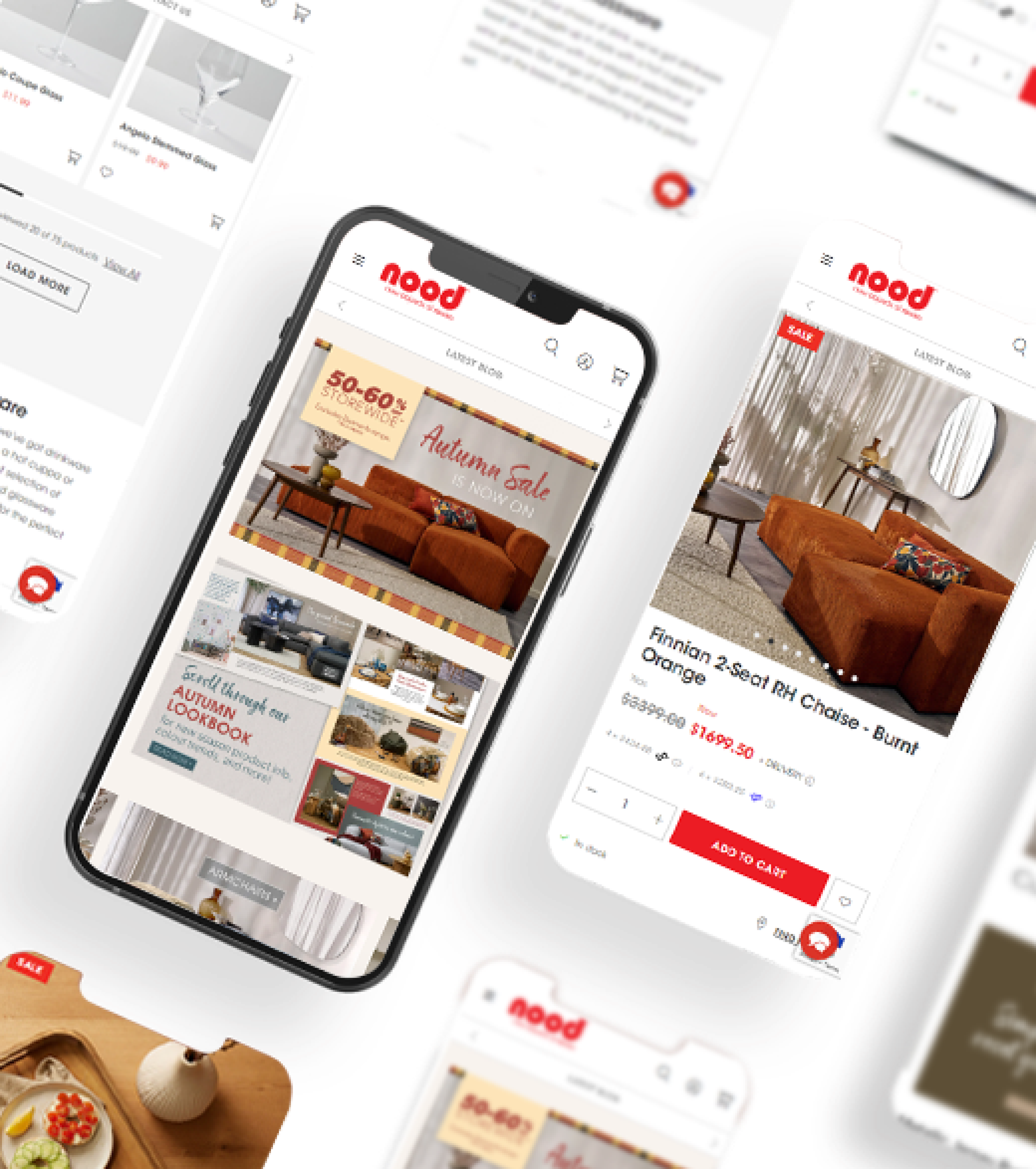Starshipit is the best practice shipping and fulfilment platform that helps retailers save time and deliver great shipping experiences. Featuring seamless integrations with all major eCommerce platforms and couriers empowers, and unlimited 5-star local NZ support, Starshipit is the ideal platform to help retailers to hit the ground running with shipping.
Introduction
If you work in eCommerce or run your own online store, you’ll know just how easy it is to get lost in the day to day. Planning the next promotion, working on ways to increase sales, managing staff and other logistical issues are all par for the course – and expected.
But despite its importance, many of us neglect shipping, both from a customer and a business perspective. We don’t give our customers the delivery options they want, and we fail to realise how much time we could save by shipping smarter, not harder.
In this article, we’re going to give you some food for thought. We’re going to show you that yes, it is possible to have your cake and eat it too. You can create great shipping experiences for your customers while at the same time reducing your handling time and shipping costs.
The problem with shipping
In eCommerce, it’s easy to focus on everything up to the point a customer clicks “Buy now”. This is for good reason too: there’s no shortage of issues to solve or opportunities to seize. Understandably, this has made shipping somewhat of a black sheep in eCommerce – a neglected area that is in desperate need of some love.
When shopping online yourself, raise your hand if you’ve ever come across the following:
- Inconsistent, low quality delivery notifications ✅
- Delivery options which suit the business, not the customer ✅
- Poor returns experiences ✅
We know that we sure have! Now this actually makes sense. Shipping is such a broad area with so many touchpoints that things are bound to go wrong if you don’t apply some serious focus to it.
With that in mind, we’ve come up with a term that we think helps to wrap up all of these different areas into one easy umbrella term: The user experience of shipping, Shipping UX.
Have you thought about shipping UX?
Importance of shipping UX
Shipping plays an outsized role in your customer satisfaction and ongoing loyalty. Here are some stats to consider:
- In one survey from Australia Post, 50% of buyers said they’d abandoned an online shopping cart when they weren’t happy with the delivery choices available.
- When Starshipit surveyed their own customers last year (Find the report here), nearly all respondents said it very important to offer a range of delivery options at checkout.
And that’s just the delivery options at checkout. Add to that: A seamless returns experience and timely shipping notifications throughout the delivery process and you’ve got shipping UX.
Now that we’ve broken down this term, let’s see how you can institute some meaningful changes and improve this neglected area of your business.
Shipping: It’s easy to improve
We think improving your shipping UX starts with a two-pronged approach of strategy and technology in the form of shipping automation.
If you haven’t come across shipping automation before, it’s nearly always used to mean a centralised platform which acts as the brain of your shipping operation. You plug in your eCommerce platforms and couriers, and then use the platform as the one place to manage your shipments. It’s also where you set up consistent notifications, tweak your delivery options, manage returns and more.
The best part is that you can simultaneously improve your customer experience while simplifying your back end, enabling you to lower costs and reduce handling time.
Importance of shipping automation
Let’s take a look at how shipping automation can help the back end of your business first. As we mentioned earlier, it’s one of the best ways to improve the efficiency and accuracy of your logistics operations.
Beyond just integrating your platforms and couriers and managing them from one place, you can eliminate the manual parts of your fulfilment, like printing labels, selecting courier services, dealing with customs documentation and generating packing slips. Its hours saved per week. If you’ve ever wondered about those eCommerce success stories, there’s a good chance they’ve used technology like this to help them scale.
And that’s really just the start. With a solid shipping foundation, let’s see how you can overhaul the customer-facing side of your business.

Customer-centric delivery options
Your customers want delivery options that cater to their preferences and schedules – not yours. When they’re at the checkout, they want to be able to pick from same-day delivery, overnight, alternative pickup options and even time-slot selection.
It can seem like a logistical nightmare for you, especially if you’re using several couriers and want to manage your own margins on top of what these couriers charge. Shipping automation allows you to manage this from a single dashboard and create automaton rules to apply to various options or based on your specific needs.
For example, you might want to set up a rule which displays certain couriers based on the country a customer orders from. Again, you’ll solve the logistical issue of managing couriers and create happier customers

Enhancing delivery notifications
The excitement customers feel when a package is on its way can quickly turn to frustration if the initial delivery timeline isn’t met. Despite your best efforts, global shipping issues can make prompt delivery timelines a real issue.
Customers also love knowing when an item has left your store and is on the way to them. Finding ways to keep customers in the loop is not just a way to meet expectations, it’s a chance to communicate and build connections to engage with customers and build loyalty.
The data backs this up:
- Shopify found that more than two-thirds of shoppers are less likely to buy from businesses that don’t inform them of shipping delays.
- According to Project44, 97.8% of people believe an upfront shipping estimate is “somewhat important”.
And what does great shipping UX look like here?
Well, proactive shipping updates are a great start. Not only do they keep excited shoppers in the loop, they’re an opportunity to promote sales, related items or content about the product.
What’s more, communication is essential. No matter how long the delivery may take. More than 20% of shoppers have abandoned an order because the seller couldn’t guarantee a delivery date.
Finally, the more you keep them in the loop while their goods are in transit, the more they’ll be happy to spend with you in the future.

Streamlining returns processes
Returns are nearly always a pain point for customers, making what should be a seamless process into something drawn out and complicated.
You can do a lot to avoid returns in the first place:
- Provide exact and reliable dimensions – so customers know what they’re getting.
- Package your goods properly – to avoid damage in transit.
- Make sure you’ve got enough product photos that accurately show off your products
No matter how good a product though, and no matter your prep, customers are going to return their orders every now and again. Thankfully, that’s not always bad news, and there’s a lot you can do to make the process streamlined for your customers. In fact, returned orders can be an opportunity to connect with customers.
What does a great returns experience look like in the context of shipping UX?
- Offer self-service returns – Having an online branded portal where customers can login and print their own branded packaging slips not only makes it simpler for them but also for your customer service teams.
- Nail your returns policy – Make it clear to customers what your policy on product returns is, and make sure this policy is easily accessible on your website.
- Communicate with customers – Good communication is the key to managing returns effectively. Keep customers informed of the status of their return and consider offering incentives for customers who choose to recycle or donate their returned items instead of returning them for a refund.
Conclusion
For too long, shipping has been an overlooked part of eCommerce. The results are all too clear: Businesses have dealt with dissatisfied customers, abandoned carts, and missed opportunities for growth.
But by focusing on shipping UX, and using the right tools, you can transform this neglected area into a competitive advantage for your business.
About the author
David Renwick is the Content Lead at Starshipit, one of the world’s leading shipping and fulfillment automation platforms. Experience shipping automation firsthand with Starshipit’s 30-day free trial (no credit card details required).





